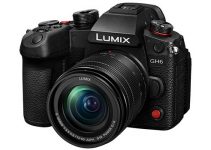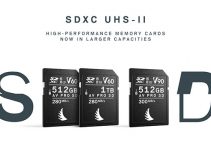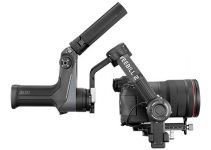What good is a camera without a lens? I would hope we all know that a camera is worthless without one. We are not wanting for choice either. For a camera like the Panasonic GH6 with immense support from both Panasonic and plenty of third-party manufacturers (not even counting the ability to adapt nearly anything else you want) there are almost too many choices.
If you are on the hunt for a new piece of glass or even building your very first kit you might need some guidance. Filmmaker Arber Baqaj has his own list of favorite glass for the GH Series and put them all into this video.
Most Used: Panasonic Leica 10-25mm & 25-50mm f/1.7
The most used lenses in Arber’s collection is a pair of zooms: the Panasonic Leica 10-25mm and 25-50mm. Both are fast at f/1.7 and provide equivalent zoom ranges of 20-50mm and 50-100mm, respectively.
This is an extremely versatile set and gives you excellent depth of field control. Panasonic also developed these lenses to work well for video with smooth manual focus rings and have minimal breathing and are close to parfocal.
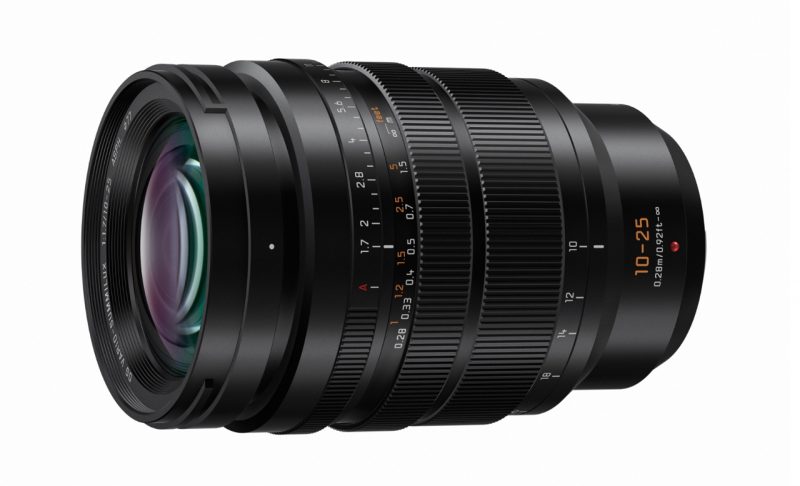
Image Credit: Panasonic
Telephoto Reach: Panasonic Leica 50-200mm
For when you need more reach there is the Panasonic Leica 50-200mm. The equivalent range is 100-400mm, a very popular range that gives you plenty of zoom without making the lens all that heavy.
It is a little slower than the previous zooms, at f/2.8-4, but that is a worthwhile trade-off as the optics are quality.
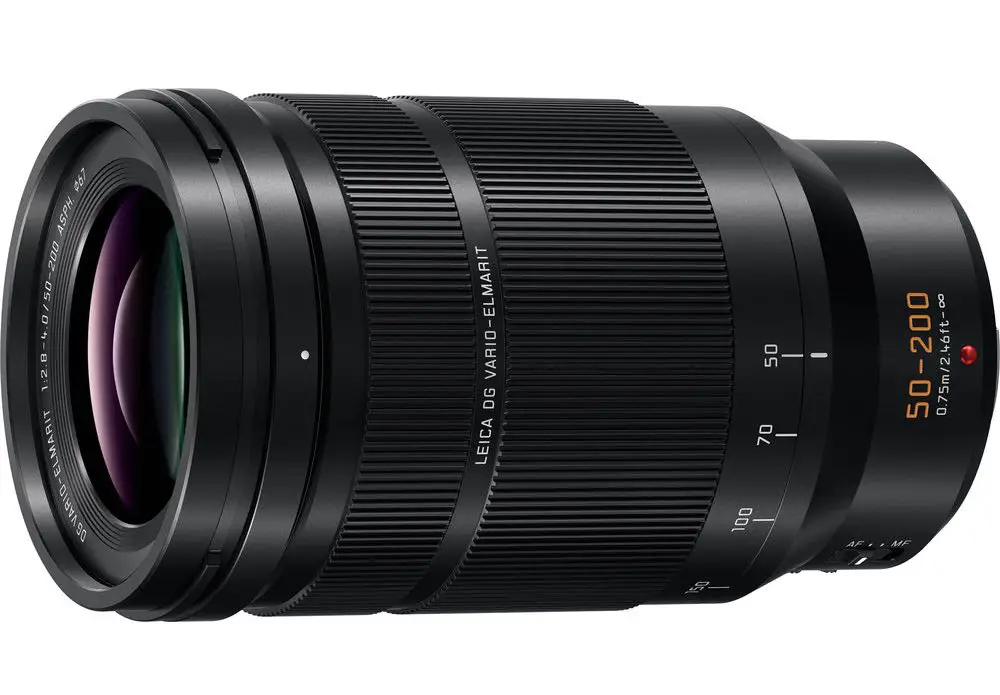
Image Credit: Panasonic
Going Super Telephoto: Panasonic Leica 100-400mm
Sometimes that more everyday telephoto lens isn’t enough. For those moments you might want to pick up the Panasonic Leica 100-400mm, providing you with a 200-800mm equivalent range.
If you are shooting wildlife or sports where you need to zoom in without getting much closer than this lens might be essential.
Wide and Fast: Panasonic Leica 12mm f/1.4
Heading for the opposite end of the spectrum you will find the Panasonic Leica 12mm f/1.4. This is going to be your fast wide angle with a 24mm equivalent perspective.
That fast f/1.4 aperture will make it great for low-light situations and getting that shallow depth of field look. Arber also believes this is one of the best for image quality.
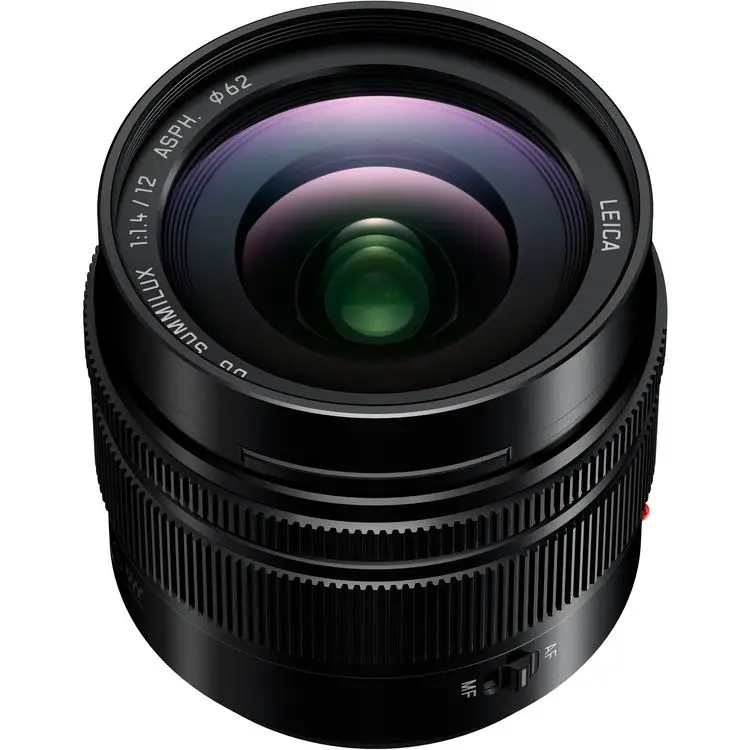
Image Credit: Panasonic
The Ultra-Wide Zoom: Panasonic Leica 8-18mm
If you are on more of a budget or need an even wider zoom, the Panasonic Leica 8-18mm has a 16-36mm equivalent zoom range. Image quality is great and it is lightweight.
There may be some slight breathing during video but the lens overall is a good deal.
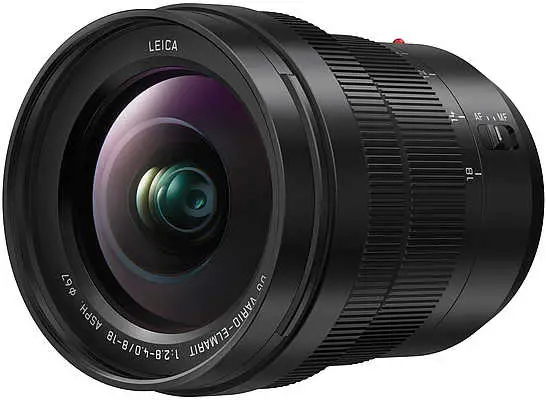
Image Credit: Panasonic
Lightweight Zooms: Panasonic 12-35mm & 12-60mm
Save on size and cash with the Panasonic 12-35mm f/2.8 or 12-60mm f/2.8-4. Both of these zooms are smaller and high quality with decent ranges.
The 12-35mm is a more classic 24-70mm equivalent with a constant f/2.8 aperture while the 12-60mm gives a bit more range with its 24-120mm equivalent zoom but with a variable aperture of f/2.8-4.
Arber does prefer the extra range of the 12-60mm as it can be the only lens you bring out some days.
True Cinema Lenses: DZOFilm Linglung 10-24mm & 20-70mm
All the other lenses so far have been photo/video hybrid lenses with plenty of automatic controls to benefit both. If you are a video purist you might want to consider getting some true cinema lenses instead.
For that Arber recommends the DZOFilm Linglung series with the 10-24mm and 20-70mm options. These have great manual controls with a more cinematic look.
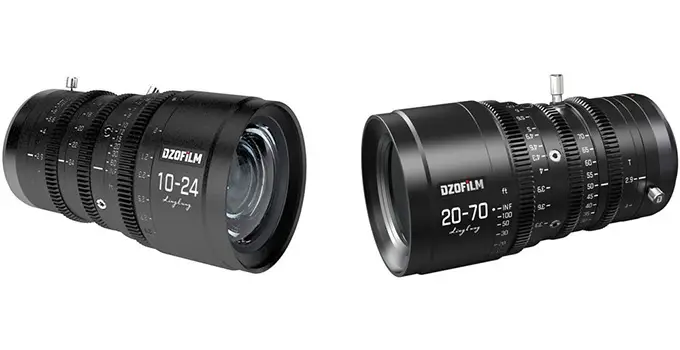
Image Credit: DZOFilm
Fast Cinema Primes: Meike T2.2 Set
The last lenses up are the Meike T2.2 cinema lenses. There is a whole set of matched compact primes available. All these lenses have smooth controls and are quite affordable.
Plus, they are optimized for a more “cinematic” image. You can pick up 8mm up to 85mm lenses for a range of 16mm up to 170mm equivalent – plenty of options for most shooters. Though the commonly available set of five lenses from 12mm to 50mm.
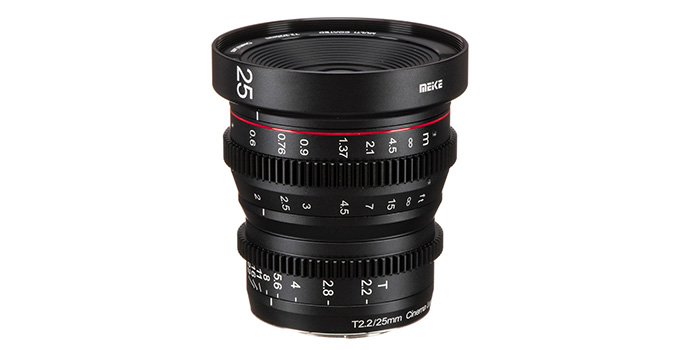
Image Credit: Meike
Which lenses are your favorite? Any recommendations that didn’t make the list?
[source: Arber Baqaj]
Order Links:
- Panasonic Lumix GH6 Mirrorless Camera (B&H, Amazon)
- Panasonic Lumix Leica DG Vario-Summilux 10-25mm f/1.7 ASPH. Lens (B&H, Amazon)
- Panasonic Lumix Leica DG Vario-Summilux 25-50mm f/1.7 ASPH. Lens (B&H, Amazon)
- Panasonic Lumix Leica DG Vario-Elmarit 50-200mm f/2.8-4 ASPH. POWER O.I.S. Lens (B&H, Amazon)
- Panasonic Leica DG Vario-Elmar 100-400mm f/4-6.3 ASPH. POWER O.I.S. Lens (B&H, Amazon)
- Panasonic Leica DG Summilux 12mm f/1.4 ASPH. Lens (B&H, Amazon)
- Panasonic Leica DG Vario-Elmarit 8-18mm f/2.8-4 ASPH. Lens (B&H, Amazon)
- Panasonic Lumix G X Vario 12-35mm f/2.8 II ASPH. POWER O.I.S. Lens (B&H, Amazon)
- Panasonic Leica DG Vario-Elmarit 12-60mm f/2.8-4 ASPH. POWER O.I.S. Lens (B&H, Amazon)
- DZOFilm Linglung 10-24mm T2.9 Cinema Lens (B&H)
- DZOFilm Linglung 20-70mm T2.9 Cinema Lens (B&H, Amazon)
- Meike 5-Lens Cinema Lens Set (B&H)
Disclaimer: As an Amazon Associate partner and participant in B&H and Adorama Affiliate programmes, we earn a small comission from each purchase made through the affiliate links listed above at no additional cost to you.
Claim your copy of DAVINCI RESOLVE - SIMPLIFIED COURSE with 50% off! Get Instant Access!



